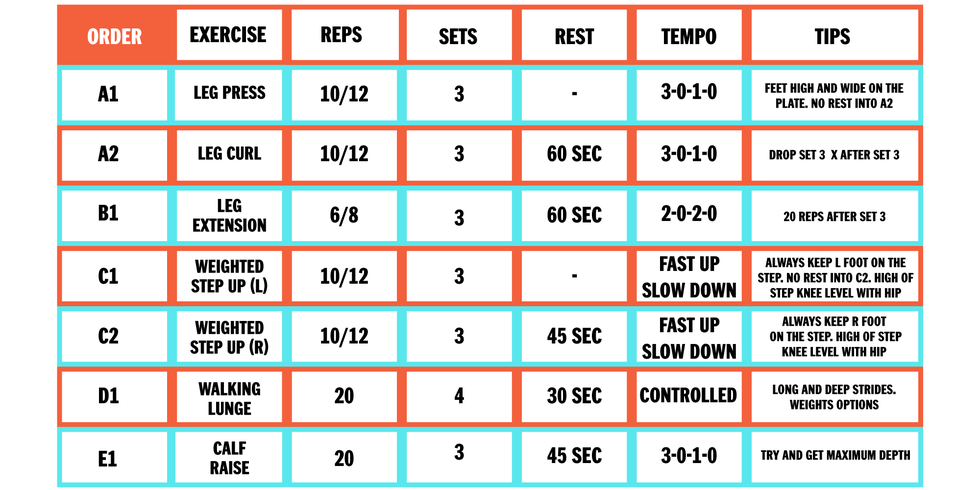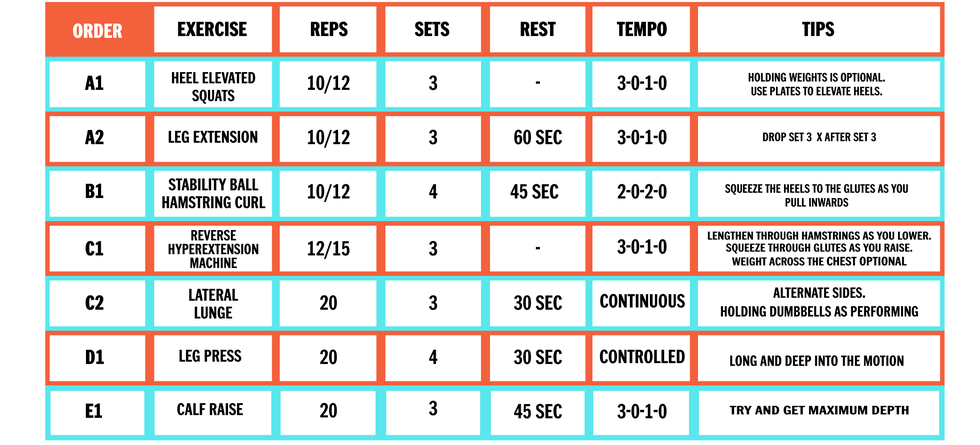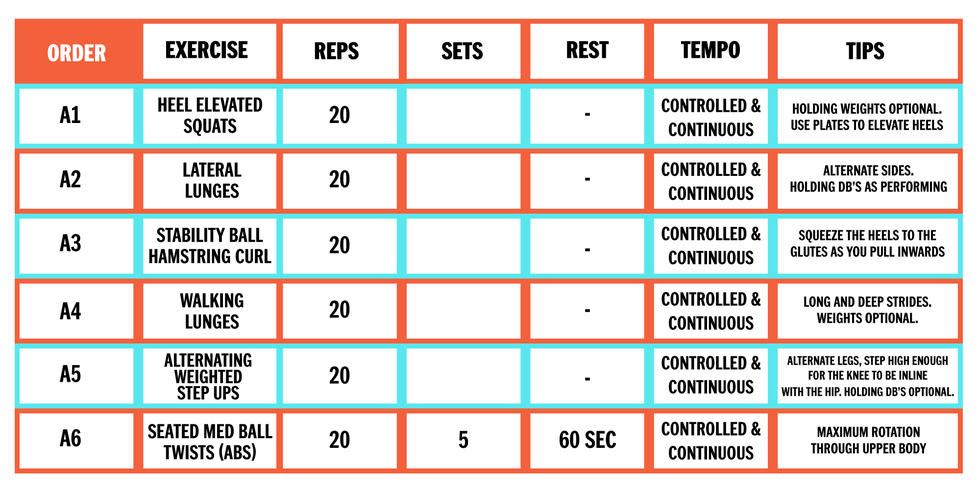Running isn’t just about running – but hear us out.
Whether you’re a long-time runner or coming to the sport afresh – and are preparing for a race or simply working towards better physical and mental health – you’ll need to supplement your running with good habits elsewhere in your life. This includes getting enough sleep, following a nutritious diet that supports your training volume and (although you might not want to hear it) doing some weekly strength and conditioning.
It’s well known that many runners tend to skirt away from strength training, even though it plays an integral role in improving your running economy, increasing your coordination and power and decreasing your risk of injury. After all, if you’re already following a comprehensive running training plan, you might feel that you are too time-constrained or tired to squeeze in any supplementary strength work – especially if you’re prepping for a marathon or half marathon.
Or, you might not actually know what types of strength work to even do. Unless you have on-demand access to a personal trainer, it can be easy to get stuck in a rut and do the same, familiar exercises each time, which can be ineffective in targeting key running muscle groups and hinder your progress.
So, to give you the structure, variety and value you need to succeed, we asked Marvin Burton, head of fitness at the Anytime Fitness franchise, to develop the following 16-week strength training plan, which is ideal for runners building towards long-distance races like a marathon.
Why should runners do strength training?
As mentioned, it’s very easy to prioritise running and neglect the all-important, foundational strength work that should go alongside it. But taking a bit of time each week to get out the weights or do some bodyweight movements – either at the gym or at home – to strengthen your legs, core and stabiliser muscles is vital when it comes fortifying your body for the demands of running, especially if you’re going the distance.
First of all – and perhaps most vitally – strength training helps to prevent injuries by strengthening your muscles and connective tissues, therefore keeping you moving and off the sidelines. What’s more, regular strength training helps to improve your neuromuscular coordination and power, boosting, in turn, your power and speed. It also develops coordination and stride efficiency, leading to greater running economy.
Already, strength training has become significantly more appealing.
The 16-week strength training plan
The plan is split into four parts or phases, outlined below. To be clear, this strength training plan should be used in conjunction with a solid running training plan that aligns with your goals and current ability.
Weeks 1-5: Strength building phase
The clue is in the title – in this first phase, you’re building the strength in your muscles so that they can cope with the rigours of running and support you as you increase your mileage through this period.
Top tips
To give this workout a bit more of a punch, add the tip (in the final column) to the end of each set or workout. This coverts some sets into supersets – which are sets with no rest between exercises – and also helps you muscles work to fatigue for longer periods. If you’re training for a marathon or a half marathon, this is something that you’ll be doing on race day.
- Drop set: On completion of your final, set reduce the weight by one weight setting, or 10% of the weight, and work until failure at a slightly faster tempo. Perform three drops, reducing the weight by the same amount each time.
- 20 reps after set 3: On completion of the last set, rest for 10 seconds. Perform 20 reps at a faster pace. Each time you stop, rest for a complete 10 seconds, even if you can only do a single rep at a time. Complete all 20 reps and always take your 10-second rests.
Weeks 6-10: Hypertrophy and volume phase
Muscle hypertrophy essentially means the growth of the muscle fibres through contraction, damage and repair, which increases the glycogen stores in your muscles – and this phase will encourage that. Larger glycogen stores means more fuel for your muscles, which is exactly what you need when running a distance like a marathon.
Weeks 11-14: High volume and functional strength phase
This is a 20-rep circuit that you should complete five times. You should take a 60-second rest at the end of each round once you’ve completed all six exercises with no rest.
Weeks 15-16: Taper
In the final weeks before a marathon, you’ll be cutting back your mileage to ensure your body is fresh and in an optimum state to take on the challenge – and this means easing off on your strength and conditioning work, too. That said, it is still important to keep moving during your taper period, and to follow the other marathon taper tips rounded up here.
Marvin is an expert personal trainer and has over 20 years’ experience in the fitness industry, previously working for leading names including Wattbike and TRX. He oversees the nationwide fitness offering at Anytime Fitness clubs in the UK, ensuring clubs are offering the best experience for its members.




